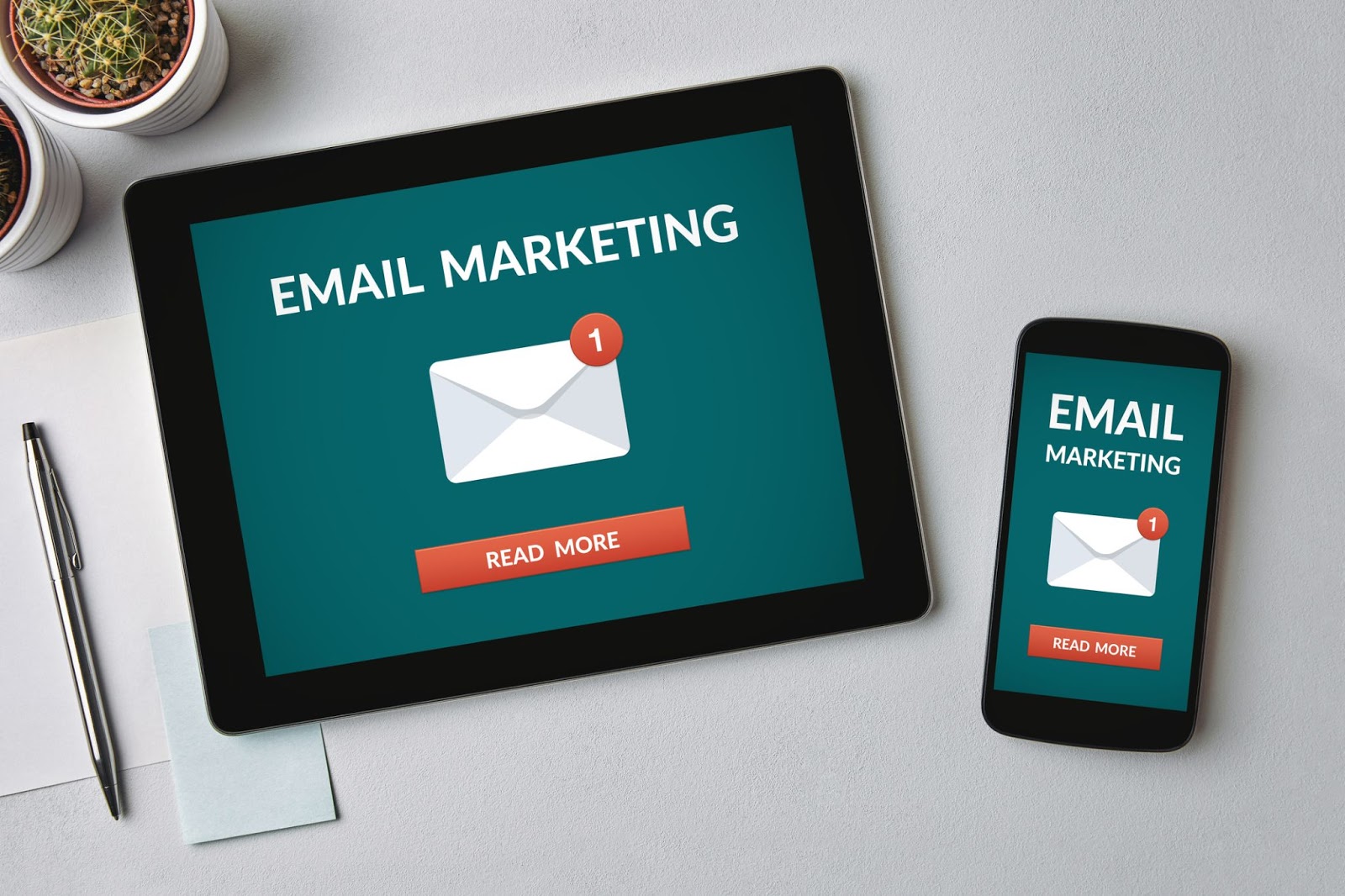

Financial Advisor Email Marketing: Best Practices and Tips
Email marketing is an effective tool for any business – from retail to financial advising and everything in-between. That’s because, through email, financial advisors can reach clients and prospects and provide content that is specific to their needs and comes directly from a trusted source – you!
As with any part of a digital marketing strategy, email marketing has some best practices that will help your emails be as effective as possible. Read on for best practices and tips for email marketing tactics that are unique to financial advisors.
Why Email Marketing?
When used as part of a comprehensive digital marketing strategy, email marketing can help move prospects through the sales funnel while also informing current clients of important information and upcoming events. When used effectively, email marketing can strengthen both relationships by helping retain current clients as well as converting prospects into revenue producing clients.
How Many Marketing Emails Should Financial Advisors Send Out Each Month?
This is perhaps the biggest question financial advisors have when it comes to email marketing. Spoiler: unfortunately there is no magic number. However, there are guidelines for how to find that sweet spot between sending too many emails and not enough.
Segment Your Audiences
Let’s assume your entire list of email contacts includes clients, prospects, Centers of Influence, and perhaps some industry partners. Based on these basic segments (of course, you can and should be a lot more granular with your segments), not all emails are relevant to everyone. By having a segmented audience, you can send an email to prospects only that encourages them to make an appointment to discuss their financial goals and how you can help them achieve them.
For your current clients, you can provide market commentary and how you interpret what that means to them. By keeping up regular communication with current clients, you’re making sure they know you always have their interests at the forefront.
For prospects, you’re showing them that you want to get to know them better and help them achieve their goals. Again, this is just what’s possible for a very basic segmented audience. Depending on the time dedicated, as well as the type of CRM used (i.e., HubSpot, etc.) the possibilities are enormous.
Relevance is Key
Every time you send an email, you’re competing with every other email that lands in that person’s inbox. That means everything from your subject line to your CTA (call to action) needs to be able to break through all the clutter.
Here is a breakdown of the major aspects for building a high quality email that produces results.
Subject Line
Your subject line should be attention-grabbing without being spammy. Avoid All caps, emojis, excessive punctuation, or misleading statements. Not only could this hurt your credibility in the eyes of your email recipients, but it can also get your email sent to spam/junk folders or blocked entirely.
Personalization
By adding a personalized greeting, you’re letting your audience know that you know them. Keep in mind that a personalized message is only as accurate as your information. When collecting forms, be sure to require first and last names.
Snippet (Preview Text)
Often an undervalued aspect of a marketing email is the preview text. This is typically 50-100 characters that will display under the subject line of your email, depending on the recipient’s email service and settings. This text can be used as an extension of your headline and used to further validate your message, encouraging the recipient to open the email.
Content That Engages and Provides Value
It’s no secret that content is the foundation of any financial advisor's digital marketing plan, and email is no exception. Financial advisors strive to be seen as a source of knowledge and expertise and providing email content that reinforces that you are a trusted source can go a long way toward both building and solidifying current and future relationships.
How Do You Know if You’re Sending Too Many Emails? Not Enough?
It’s all about the data. Here are some analytics to keep tabs on to find your optimal number of financial advisor emails to be sending out each month:
Open Rates
An open rate is the percentage of email recipients who open any given email. Averages vary by industry, but according to HubSpot, the average open rate for financial services emails is 23%. This is a good barometer to use to see how your email open rates compare to others in the industry.
It’s very likely that this number will start off high and then drop off. However, if this rate continues to go down with each subsequent email, you may need to look at your email sends and increase or decrease the frequency. If you’ve sent one email over the past month, send 2 emails next month.
Conversely, if you sent 4 emails – scale it back to 2-3 at most and watch the trends. It may take some trial and error, but it’s well worth the effort to find the frequency that works for your audience.
Click-Through-Rates
Also known as a CTR, this measures how many email recipients clicked on a link in any given email. It’s calculated by taking the total clicks for an email and dividing it by the number of delivered messages. By keeping an eye on this number, you can see if your content is working or needs some tweaking.
Unsubscribes
People are going to unsubscribe from your list. It’s a fact of email marketing. HubSpot’s data shows that for the financial services industry, each email results in an average of .4% of recipients unsubscribing. While this might seem discouraging, it’s a fact of life for the world of a digital marketer and further reinforces why adding to your email list is critical.
And while some list attrition is to be expected, keep an eye on the number of unsubscribes after each email. If the number is getting larger, consider scaling back on the frequency of your emails. Additionally, consider a feedback form attached to your unsubscribe link. You can ask these users why they chose to stop receiving your emails and use that feedback to improve your financial advisor marketing efforts moving forward.

Debbie Freeman
Search Here
Categories
- AI (18)
- blogging (2)
- branding (1)
- content (12)
- custodians (1)
- Digital (537)
- email marketing (3)
- fcmo (3)
- fees (1)
- financial advisor marketing (68)
- Google (3)
- Ideas & Tips (125)
- Investor Experience (7)
- lead generation (7)
- linkedin (1)
- Marketing (607)
- newsletters (1)
- Online Transparency (2)
- podcasting (1)
- search engine optimization (4)
- seo (9)
- Social Media (2)
- video (3)
- Websites (172)
- YouTube channel (2)
Recent Posts
-
 November 20, 2025
November 20, 2025 -

Trust Is The Biggest Online Marketing Challenge For Financial Advisors
November 17, 2025 -

Compliant Financial Advisor Bios Using AI Website Builders
October 22, 2025 -

-

Top 10 Business Challenges for Smaller Financial Advisor Firms
October 16, 2025

